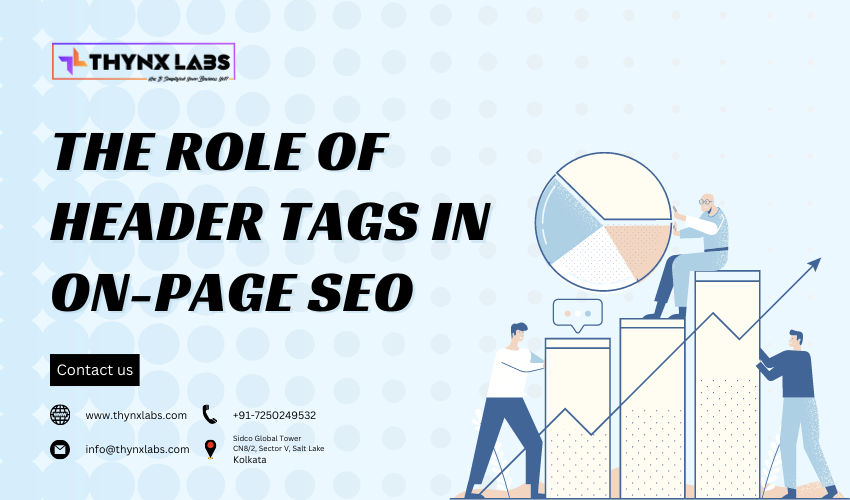How SEO Has Finally Collided With User Experience
Introduction
In the ever-changing landscape of digital marketing, the intersection of Search Engine Optimization (SEO) and User Experience (UX) has become increasingly significant. Traditionally seen as separate entities, SEO and UX have now collided to create a seamless online experience for users. In this article, we will explore the evolution of SEO and UX, how they are interconnected, and why businesses must prioritize this integration to succeed in the competitive online world.
The Evolution of SEO and UX
Traditional SEO Practices
In the early days of the internet, SEO primarily focused on keywords, backlinks, and meta tags. The goal was to make websites more visible to search engines, leading to higher rankings in search results.
The Rise of User Experience
With the rise of user-centric design, UX became a crucial factor in website development. Websites started prioritizing user-friendly interfaces, easy navigation, and engaging content to enhance the overall experience for visitors.
SEO Beyond Keywords
Modern SEO strategies have expanded beyond keywords. Search engines now prioritize websites that offer valuable, relevant, and authoritative content. This shift aligns with the goals of user experience, emphasizing the importance of quality content and seamless navigation.
The Interconnection of SEO and UX
Page Loading Speed
Search engines consider page loading speed as a ranking factor. Slow-loading websites frustrate users, leading to high bounce rates. Optimizing website speed not only improves user experience but also positively impacts SEO rankings.
Mobile-Friendly Design
Mobile-friendliness is a significant ranking factor in search algorithms. Responsive web design ensures that websites are accessible and visually appealing across various devices, improving both SEO and UX.
High-Quality Content
Engaging, informative, and well-structured content not only attracts users but also earns backlinks and social shares. Search engines recognize these signals of quality, boosting SEO efforts while providing valuable information to users.
Why Prioritizing the SEO-UX Integration is Crucial
Enhanced User Engagement
When SEO and UX work in harmony, websites become more engaging and user-friendly. Visitors are more likely to spend time on the site, explore various pages, and interact with the content, leading to improved conversions and customer satisfaction.
Reduced Bounce Rates
A seamless user experience reduces bounce rates – the percentage of visitors who leave a website without engaging further. Lower bounce rates signal to search engines that the content is relevant and valuable, positively impacting SEO rankings.
Competitive Edge
Businesses that prioritize the integration of SEO and UX gain a competitive edge. Such websites offer a superior online experience, ranking higher in search results and attracting a broader audience, ultimately leading to increased market share.
Conclusion
The convergence of SEO and UX signifies a paradigm shift in digital marketing. Websites that prioritize both aspects not only rank higher in search engine results but also offer a superior experience to users. As businesses navigate the complexities of the online world, embracing this intersection is not just a choice but a necessity for sustainable growth and success.
Frequently Asked Questions
Q1: What is the importance of SEO for my website?
A1: SEO, or Search Engine Optimization, is crucial for your website because it helps improve your visibility on search engines like Google. By optimizing your website for relevant keywords, you increase the chances of attracting organic traffic, leading to more visitors and potential customers.
Q2: How long does it take to see results from SEO efforts?
A2: The time it takes to see results from SEO can vary based on several factors, including the competitiveness of your industry and the quality of your SEO strategies. Generally, it may take a few months to start noticing significant improvements in your website's rankings and traffic.
Q3: What are backlinks, and why are they important for SEO?
A3: Backlinks are links from other websites that point to your site. They are important for SEO because search engines view them as a vote of confidence in your content. Quality backlinks from reputable websites can improve your site's authority and enhance its search engine rankings.
Q4: Is it necessary to update my website's content regularly for SEO purposes?
A4: Yes, regularly updating your website's content is beneficial for SEO. Fresh and relevant content signals to search engines that your site is active and valuable to users. Regular updates, such as blog posts or product updates, can improve your site's visibility and engagement.
Q5: What role does mobile-friendliness play in SEO?
A5: Mobile-friendliness is essential for SEO because search engines prioritize mobile-responsive websites. With the increasing use of smartphones and tablets, websites that offer a seamless experience on mobile devices are more likely to rank higher in search results. Mobile-friendly design also enhances user experience, leading to higher user satisfaction and longer visit durations.
Q6: How can I optimize my website for local search?
A6: To optimize your website for local search, you can:
- Ensure your website includes your business's name, address, and phone number (NAP) prominently.
- Create a Google My Business account and verify your business information.
- Encourage satisfied customers to leave positive reviews on platforms like Google and Yelp.
- Use local keywords in your website content, meta descriptions, and title tags.
- Add location-based meta tags to your website's code.
- Ensure your website is mobile-friendly, as many local searches occur on mobile devices.


